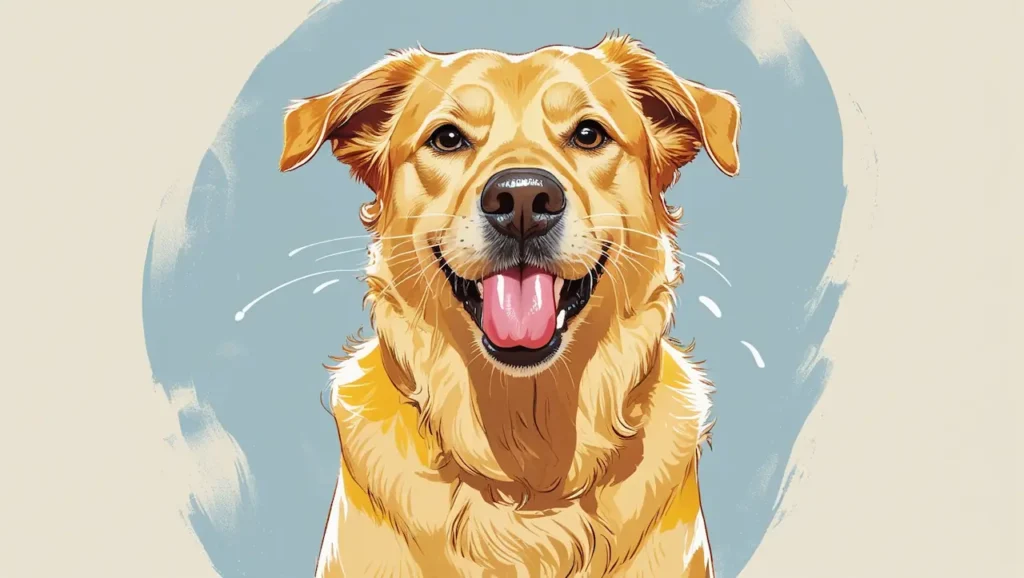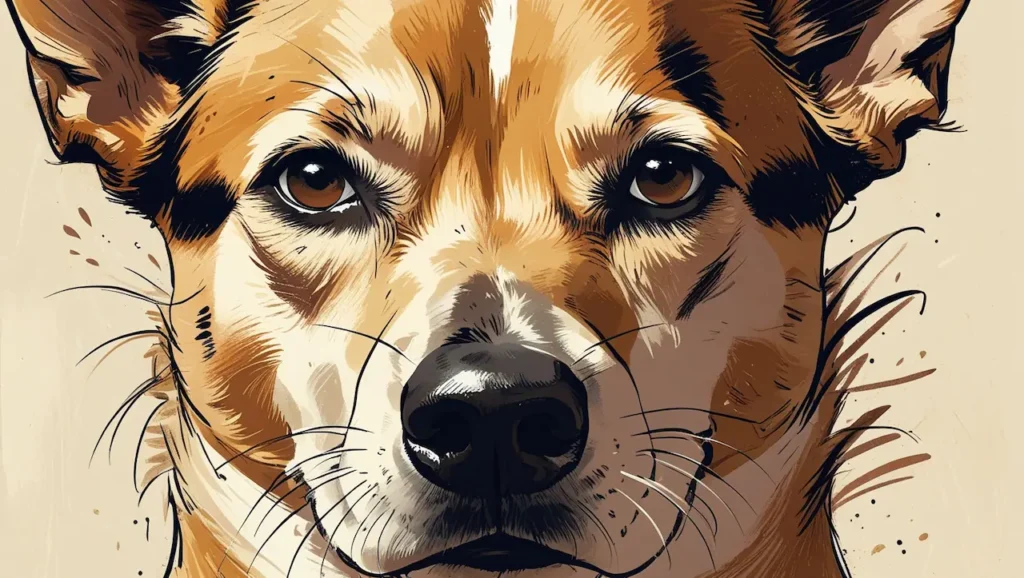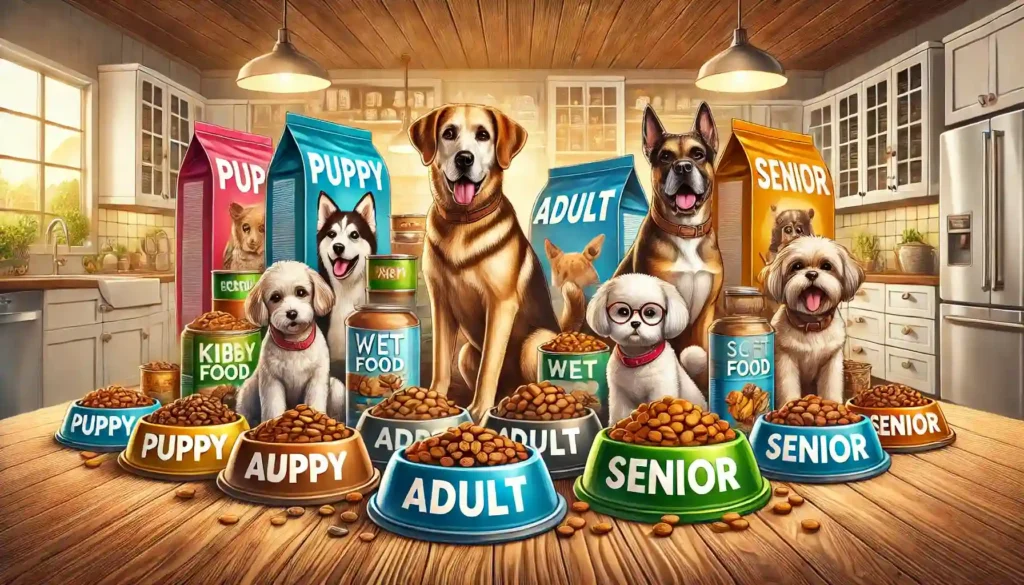As a loving pet owner, it’s important to be aware of how your dog is feeling. Stress is a common experience for dogs. Recognizing the signs of stress early can help you take proactive steps to ease your dog’s discomfort.
In this article, we’ll highlight 10 key signs that indicate your dog is feeling stressed.
1. Pacing
A stressed dog pace back and forth. It continuously moves without being able to settle down. They may walk in circles and keep shifting positions, unable to find comfort. The Vets suggest that, “Dogs can pace because they are stressed, painful, or anxious.” According to American Kennel Club, “When dogs are pacing back and forth, it’s a sign they can’t settle down because something is stressing them.”
This behavior occurs when dogs feel trapped, nervous, and overwhelmed. The reasons behind this can be a change in environment, an upcoming event, and unfamiliar situations.
2. Excessive Barking
If your dog barks or whines more than usual, it could be a sign of stress. Stress-induced barking is often loud, rapid, and persistent.
Excessive barking happens when your dog is anxious. Common triggers include separation anxiety, fear of loud noises (like thunderstorms or fireworks), and a change in their routine. The University of Queensland reports that, “These could include:
- separation anxiety (when a dog experienced frustration at being separated from its owner);
- reaction to external stimuli (dog sees something it defines as arousing and uses barking behavior to react to or threaten the stimulus);
- play behavior (dog sees something/someone it desires to interact with in a friendly manner);
- social facilitation (reaction to other dogs barking in the surrounding area); and occasionally
- cognitive dysfunction (dysfunction of the dogs’ ability to perceive and reason).”
3. Panting

Panting is common after exercise and during hot weather. But excessive panting indicates stress. Stress-related panting stems from fear, and excitement.
For instance, dogs pant when they are afraid of a certain person, situation, and when they experience separation anxiety. It could also be due to underlying medical conditions, so if it seems excessive, it’s worth consulting a vet.
Advanced Care Animal Clinic explains that, “If your dog is panting when they aren’t hot – or haven’t just been running or playing – it could be a sign of anxiety, parasites or an underlying medical condition.”
4. Tucked Tail
A dog’s tail often serves as a barometer of their emotional state. A stressed dog tucks its tail tightly between its legs. It’s a clear sign of fear or discomfort.
Bouton Veterinary Hospital explains that, “If your dog feels nervous or submissive, he’ll hold his tail lower and might even tuck it between his rear legs. He may still wag it from side to side, often at a more rapid pace than if he’s relaxed. If he’s really scared or feeling extremely submissive, he’ll hold his tail tucked up tight against his belly.”
Fearful situations like unfamiliar environments, a loud noise, and an encounter with a stranger can cause this tail posture.
5. Hiding
If your dog is more inclined to hide under furniture, in closets, in a quiet corner, or is seeking you out for reassurance, it’s a sign of stress. This behavior is particularly noticeable in extroverted dogs.
It could be triggered by loud sounds, a chaotic household, and if left alone for extended periods.
6. Excessive Licking
Dogs lick their lips, paws, and other body parts repetitively when stressed. Some starts chewing on their own fur, furniture, and objects as a way to self-soothe and cope with stress.
Dogs do this when they are anxious, bored, and frustrated. In some cases, it could be due to skin irritation, so if it’s excessive, consult a vet.
7. Trembling
Dogs who are stressed may shake or tremble uncontrollably. This might be more noticeable in certain breeds. Port City Veterinary Referral Hospital suggests that, “Shaking or trembling are common signs of fear, anxiety, and stress in dogs.”
Trembling or shaking can result from fear, anxiety, and physical discomfort. Stress-inducing situations like car rides, visits to the vet, and encounters with other animals can make a dog tremble. In some cases, it could indicate a medical issue.
8. Changes in Appetite
A stressed dog might refuse to eat and drink. Conversely, they can eat more than usual in an attempt to comfort themselves.
Stress can suppress a dog’s appetite. Major changes in their routine, environment, and social structure cause them to feel unsettled.
9. Aggression
Aggressive behaviors, such as growling, snapping, and biting, are signs of stress in dogs. Dogs behave aggressively in reaction to something that makes them feel unsafe or anxious.
Stress-induced aggression arises from fear, territorial behavior, and frustration. If your dog suddenly becomes aggressive, it may be because he is scared of something.
10. Excessive Drooling
Drooling is normal for some breeds. It’s not normal when a dog drools excessively. Anxiety and fear are common reasons for increased drooling. In a stressful situation, dogs salivate more than normal.
Recognizing the signs of stress in your dog is crucial. With the right approach, you can help your dog manage stress.
The more attuned you are to dogs’ needs, the better equipped you’ll be to provide the support they need for a happier, more relaxed life.




